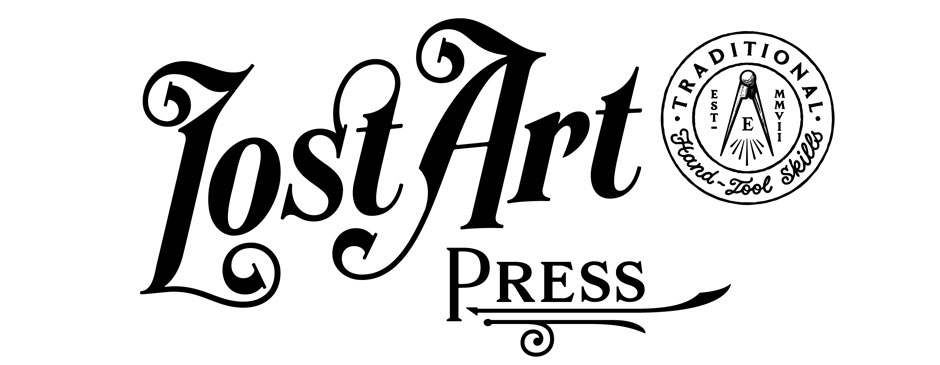
Our Chore Coat has been popular so far, so Chris and I wanted to follow it up with another garment that would be useful, not just merchandise. His idea was a work vest that’d layer over a shirt or under a coat, with plenty of pockets and a low collar. Sounds good, I said, and we were off to the races.

We kept it simple, with three outside patch pockets, a low band collar for ease of layering and an inside divided pocket for a pencil, marking knife, 6″ ruler, Sharpie, lumber crayon, paintbrush, tire pressure gauge, Slim Jim, asparagus stalk, Timberlok, cigarillo, chopsticks and other workbench essentials.

We’ll be producing a limited run of these vests – probably no more than 100 pieces – out of a beautiful English-woven moleskin fabric. More on moleskin later. (It’s not made out of dead moles. But it is awesome.) Later versions of the vest will be made using a cloth that is easier to get.

We’re glad to be working with Sew Valley in Cincinnati again. They’re growing and improving every month and we’re delighted to support them as best we can.

Expect to see our final prototype later this month.






 This weekend I’m at
This weekend I’m at 